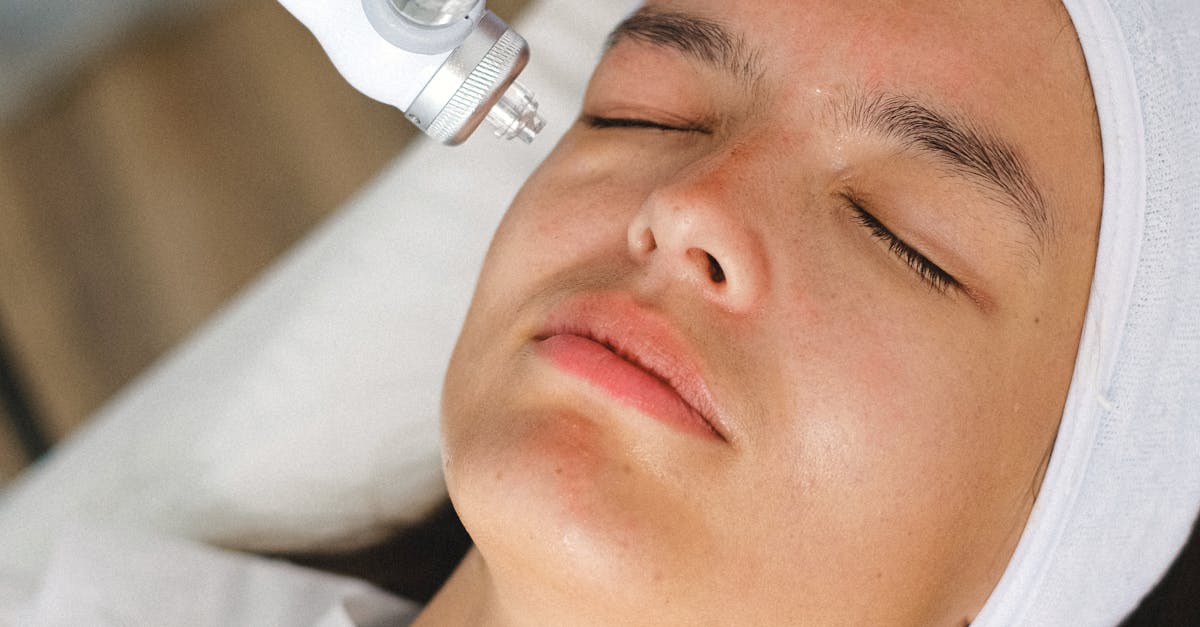
Duration of Results
When considering the duration of results, it's essential to understand how different facial treatments compare. For microdermabrasion, the results typically last anywhere from one to two months, depending on individual skin conditions and maintenance routines. This treatment is known for providing a noticeable improvement in skin texture and tone, making it a popular choice for those seeking a quick refresh.
In contrast, dermaplaning offers results that can last for a similar duration as microdermabrasion. This treatment involves exfoliating the skin and removing vellus hair to reveal smoother, more radiant skin. While both options provide temporary results, the choice between microdermabrasion and dermaplaning may depend on personal preferences and desired outcomes.
Microdermabrasion vs. Dermaplaning
Microdermabrasion and dermaplaning are both popular facial treatments aimed at improving skin texture and appearance. Microdermabrasion, a non-invasive exfoliation technique, uses tiny crystals or a diamond-tipped wand to remove dead skin cells and stimulate collagen production. This results in smoother, more radiant skin with reduced appearance of fine lines, acne scars, and sun damage.
Dermaplaning, on the other hand, involves using a surgical scalpel to gently scrape off the top layer of dead skin cells and fine vellus hair, commonly known as peach fuzz. This treatment also aims to promote smoother skin, enhance product penetration, and create a flawless canvas for makeup application. Unlike microdermabrasion, dermaplaning provides instant results with a brighter complexion and softer skin.
Skin Sensitivity Considerations
When considering skin sensitivity, it is essential to evaluate how different facial treatments may affect individuals with varying skin types. Microdermabrasion is generally suitable for most skin types, including sensitive skin, as it is a non-invasive procedure that exfoliates the outer layer of skin gently. However, individuals with highly sensitive skin may still experience some redness or irritation post-treatment, although this usually subsides quickly.
On the other hand, HydraFacial is known for its hydrating properties and gentle exfoliation, making it a suitable option for individuals with sensitive skin. The treatment uses a vortex-like technology to cleanse, exfoliate, extract impurities, and hydrate the skin simultaneously. This can be beneficial for those with sensitive skin who want to improve the appearance and overall health of their skin without causing irritation or redness.
Microdermabrasion vs. HydraFacial
When considering facial treatments, individuals often weigh the benefits of microdermabrasion against those of a HydraFacial. Microdermabrasion is a non-invasive procedure that exfoliates the outer layer of the skin, promoting cell turnover and revealing a fresher complexion. It is effective in addressing issues such as fine lines, acne scars, and uneven skin texture, making it a popular choice for individuals seeking overall skin rejuvenation.
On the other hand, a HydraFacial is a hydrating and rejuvenating treatment that combines cleansing, exfoliation, extraction, hydration, and antioxidant protection simultaneously. This multi-step procedure can help improve skin tone and texture while targeting specific skin concerns such as fine lines, wrinkles, hyperpigmentation, and congested pores. The HydraFacial is known for its immediate results and minimal downtime, making it a convenient option for individuals with busy lifestyles looking to quickly refresh their skin.